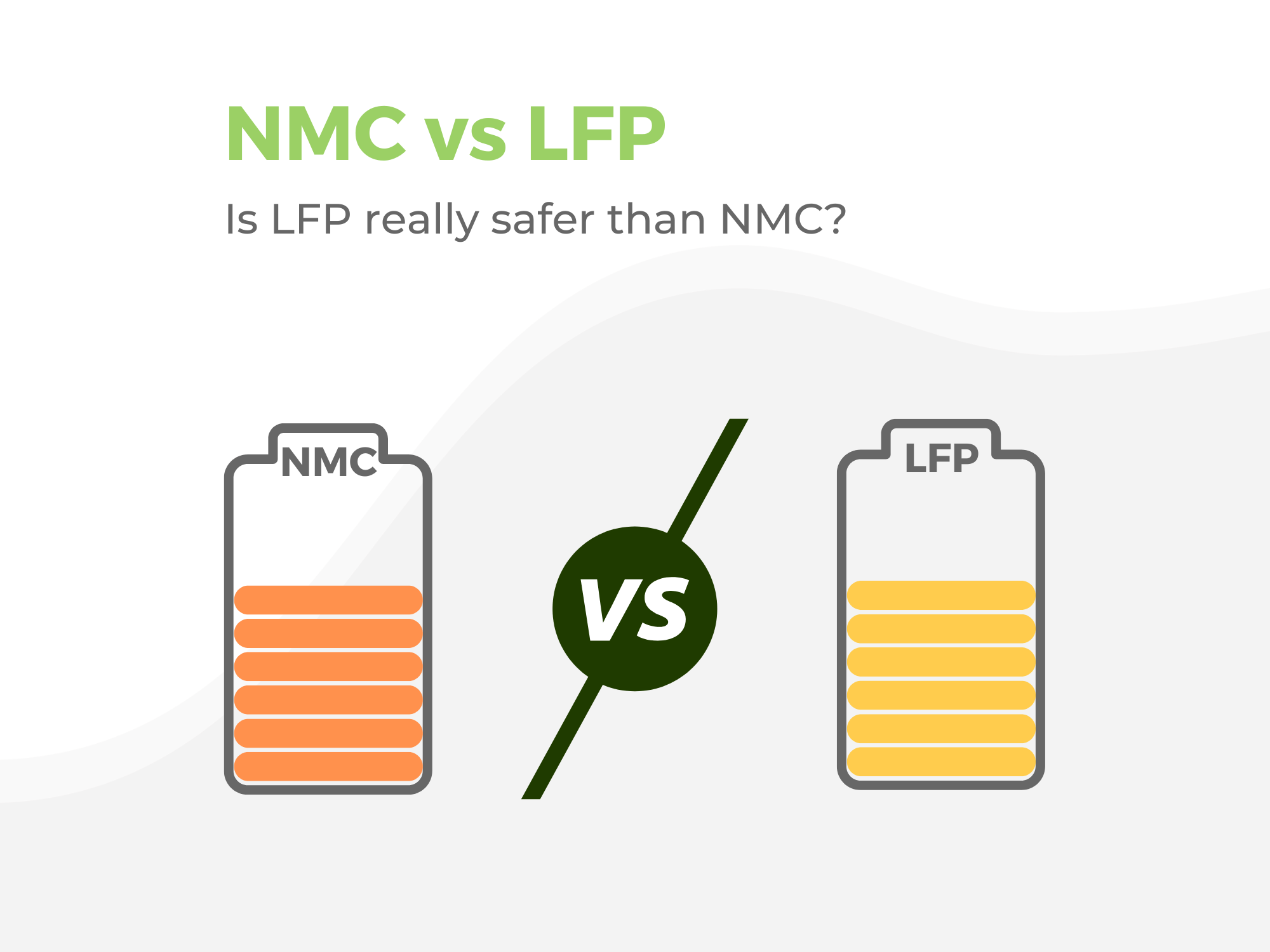All ebike batteries from manufacturers are, presently, NMC. LFP has much to recommend it (good for 3000 cycles to 80% state of charge and doesn't explode being a couple of big ones).
There's only one problem: LFP is less energy dense. So an LFP pack is bigger and heavier than an NMC pack. By quite a lot. That is a dealbreaker.
I absolutely love LFP for my home solar. My 2kwh portable solar generator also uses LFP, and the price I pay for that is it weighs like 70 pounds, which puts a question mark after the word 'portable'.
EDIT: You CAN find LFP ebike battery packs but they take some digging., Look for 'BTRPower' packs on Amazon and you will find them elsewhere as well. Apparently there have been issues with that seller claiming LFP cells and delivering NMC inside though.



